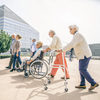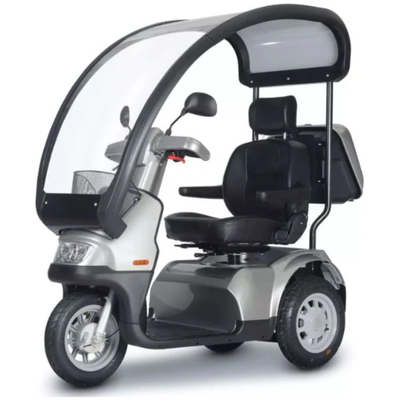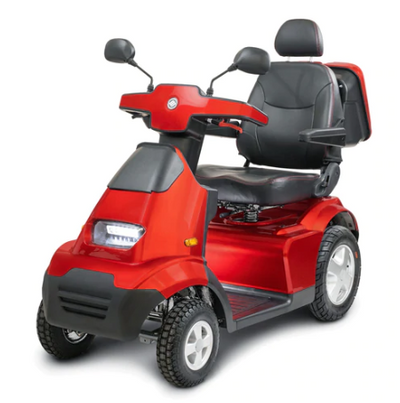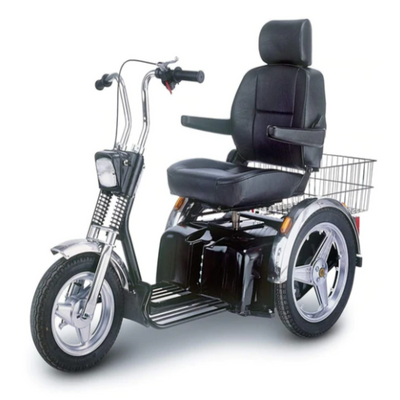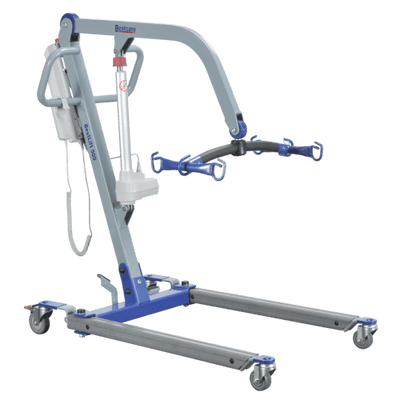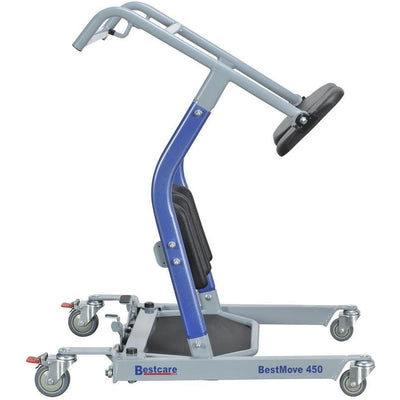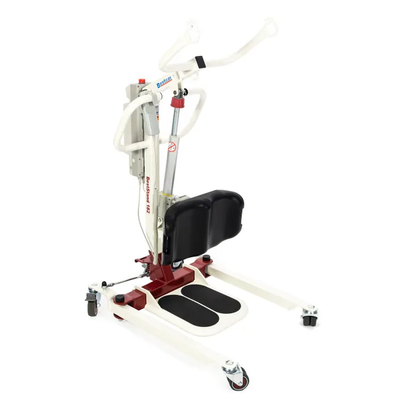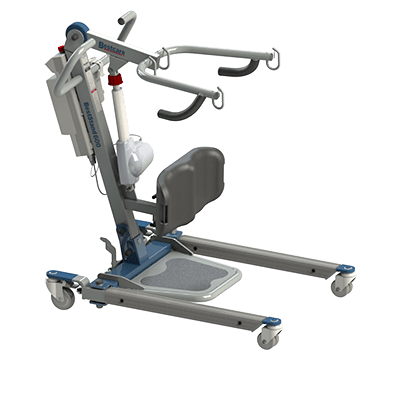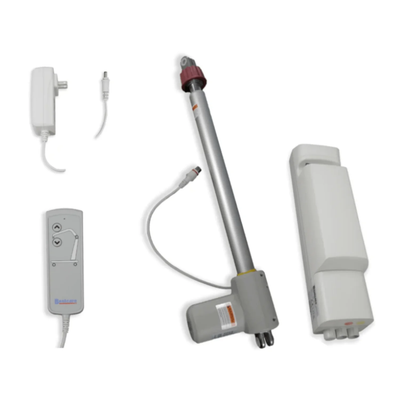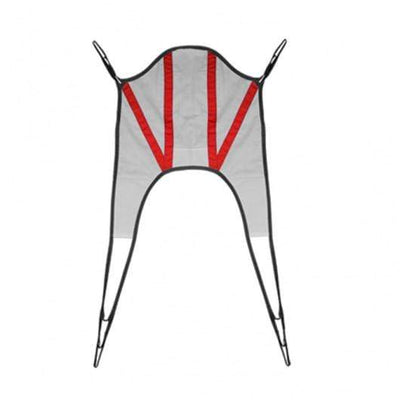As we age, the desire to remain in the comfort and familiarity of our own homes becomes increasingly important. Adapting your home for aging in place involves making modifications and enhancements to ensure safety, accessibility, and independence. In this blog post, we'll explore practical tips and strategies for creating a home environment that supports aging in place comfortably and securely.
-
Conduct a Home Safety Assessment:
- Start by evaluating your home for potential hazards and areas that may pose challenges as you age.
- Look for trip hazards, uneven flooring, inadequate lighting, and obstacles that could impede mobility or increase the risk of falls.
-
Enhance Accessibility:
- Install grab bars and handrails in key areas such as bathrooms, hallways, and stairwells to provide support and stability.
- Consider widening doorways and hallways to accommodate mobility aids such as walkers or wheelchairs.
-
Improve Bathroom Safety:
- Install a walk-in shower with a low threshold or a bathtub with grab bars for easier access and reduced fall risk.
- Consider adding a raised toilet seat and nonslip flooring to enhance safety and comfort.
-
Create a Bedroom Sanctuary:
- Ensure your bedroom is easily accessible with ample space around the bed for maneuvering mobility aids.
- Install bedside lighting and secure furniture to prevent accidents during nighttime navigation.
-
Modify Kitchen and Dining Areas:
- Lower countertops and cabinets to a comfortable height to reduce strain and promote accessibility.
- Install lever-style door handles and faucet fixtures for ease of use, especially for individuals with arthritis or limited hand dexterity.
-
Implement Smart Home Technology:
- Explore smart home devices such as voice-activated assistants, motion sensor lighting, and remote-controlled thermostats to enhance convenience and safety.
- Consider installing a medical alert system or wearable device for emergency assistance in case of falls or accidents.
-
Consider Aging-Friendly Flooring:
- Choose flooring materials that are slip-resistant, durable, and easy to clean, such as vinyl, laminate, or cork.
- Minimize transitions between rooms to facilitate smooth mobility for individuals using mobility aids.
-
Seek Professional Guidance:
- Consult with a certified aging in place specialist (CAPS) or occupational therapist for personalized recommendations and assistance with home modifications.
- Work with licensed contractors and professionals experienced in accessible design to ensure modifications meet safety standards and local building codes.
Adapting your home for aging in place empowers you to maintain independence, safety, and comfort as you age. By implementing practical modifications and enhancements, you can create a home environment that supports your evolving needs and allows you to continue living life to the fullest, right where you belong.













